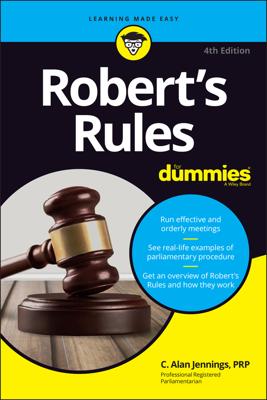Robert's Rules places the reports of officers, boards, and special committees in a standard order of business. Reports from the leadership team, for example, tend to include items of high importance, so Robert’s Rules places them second from the top in the standard order of business.
The prepared presiding officer knows in advance which officers and committees have reports, and she doesn’t waste any time calling for reports unless she knows someone has a report to give.
Under this order of business, reports (if there are any in this portion of the agenda) are taken up in this order:
Officers: Reports are taken up in the order the bylaws list the officers. If an officer’s report includes recommendations, another member moves for the adoption of the recommendation or otherwise makes any appropriate motions that arise from the report. (It’s not good form for the officer to move his own recommendations.)
Boards: After the officers’ reports, the boards make their reports. If a board has recommendations, the reporting member makes the necessary motion. The motion doesn’t require a second because the board is a body of more than one person. If the report gives rise to a motion by any member, it’s in order to entertain that motion at this time.
Standing committees: Reports and recommendations of standing committees are made one by one, in the order the bylaws list the standing committees. Just as with boards, the reporting member makes any motions, which require no second unless a committee is a committee of one; if the report gives rise to a motion by any member, it’s proper to entertain the motion at this time.
Two types of standing committees have completely different procedures for properly handling their reports. They are resolutions committees and nominating committees. Not only are reports from these committees never adopted, but the committees’ recommendations are never directly voted on.
If an officer or committee report doesn’t contain any recommendations, it really doesn’t require any action. Even a motion to receive a report isn’t proper, because the report has already been received. Only motions dealing with report recommendations are in order.
If a report contains no recommendations, the proper handling of the report is for the chair to thank the reporting member and move on to the next item of business.
However, because so many people still don’t have a clue about good form and procedure in meetings, the presiding officers should spell it out and say, at the conclusion of information-only reports, “Thank you. The report requires no action and will be placed on file. The next item of business is. . . .”

